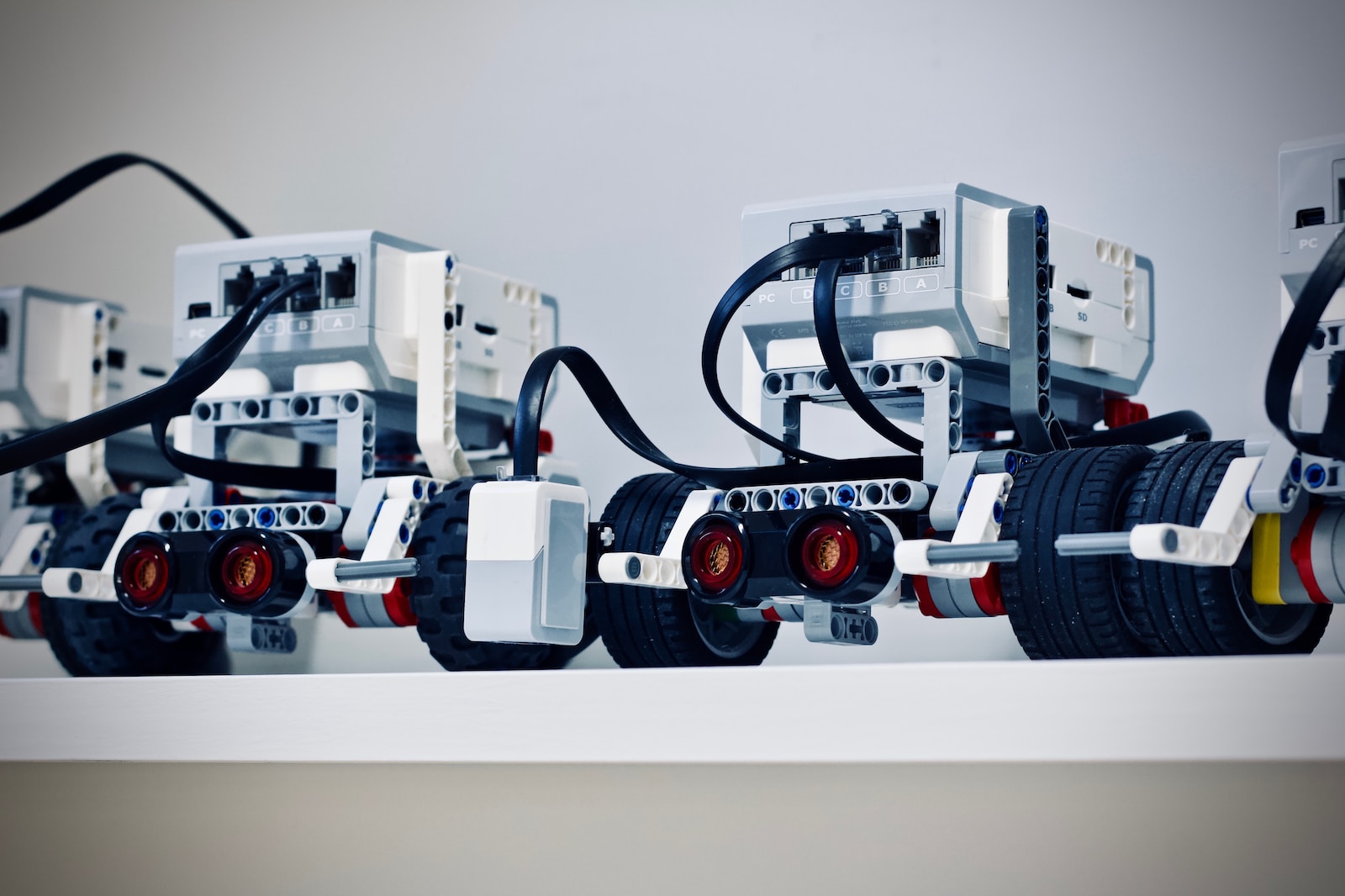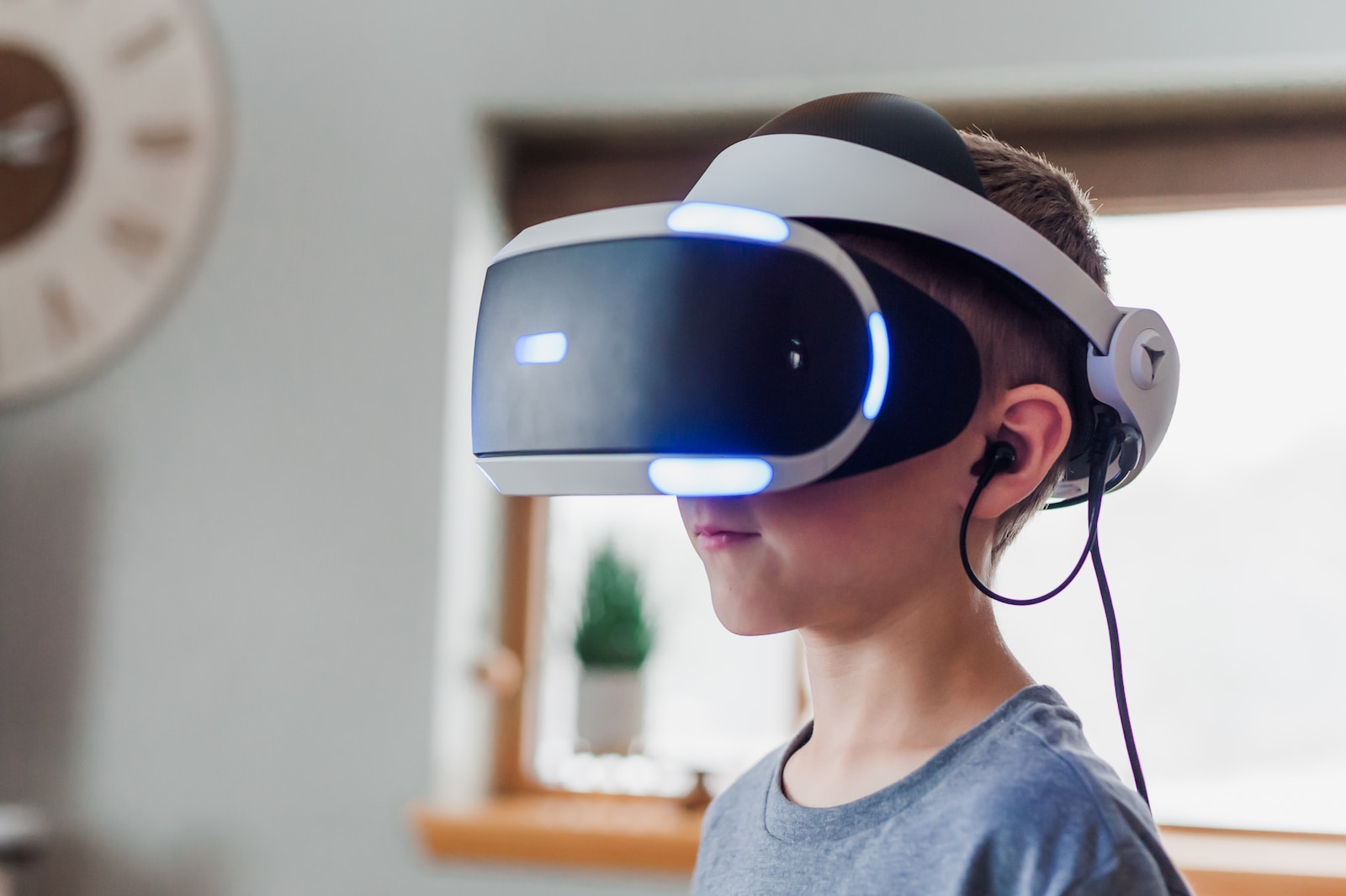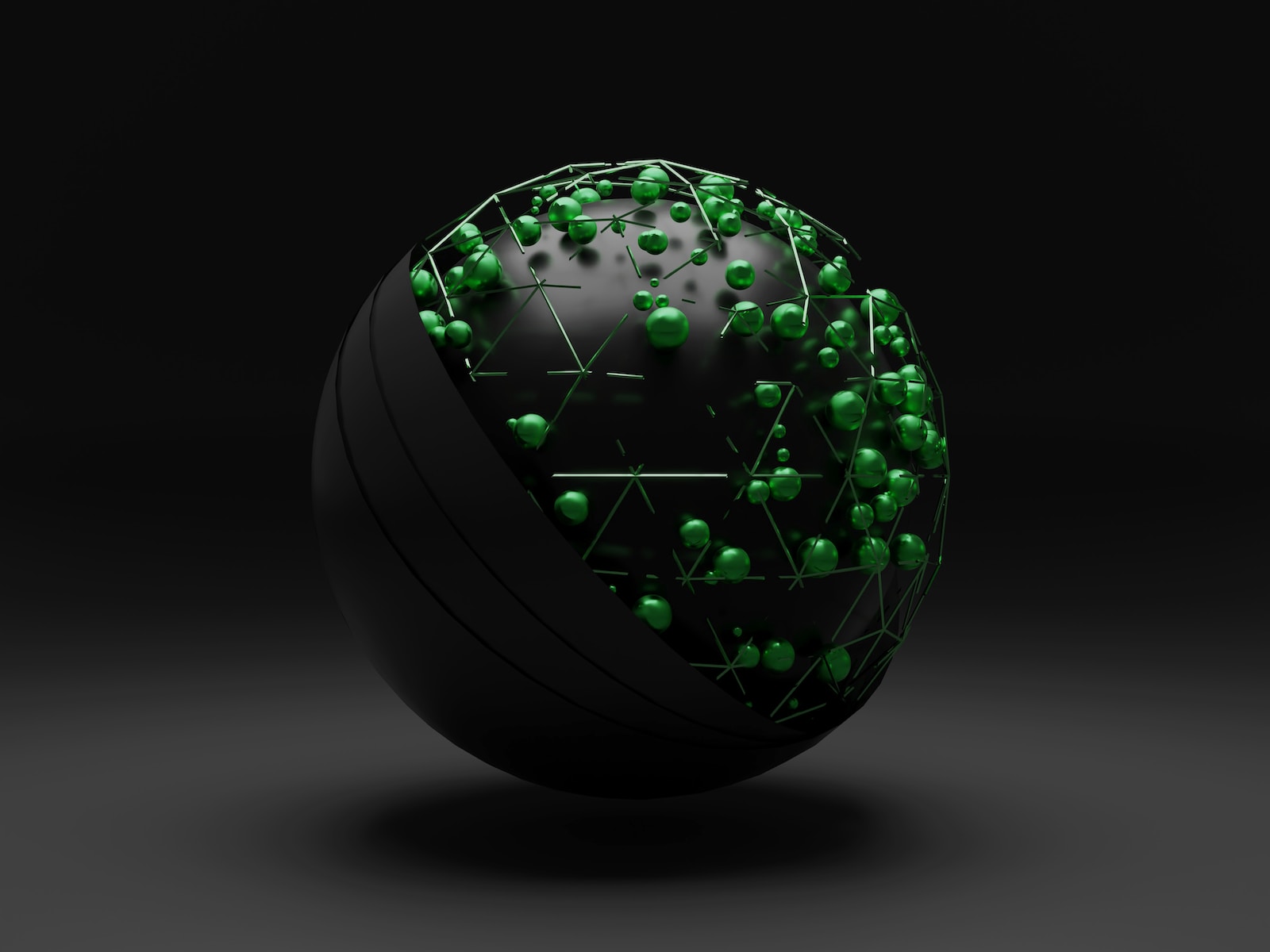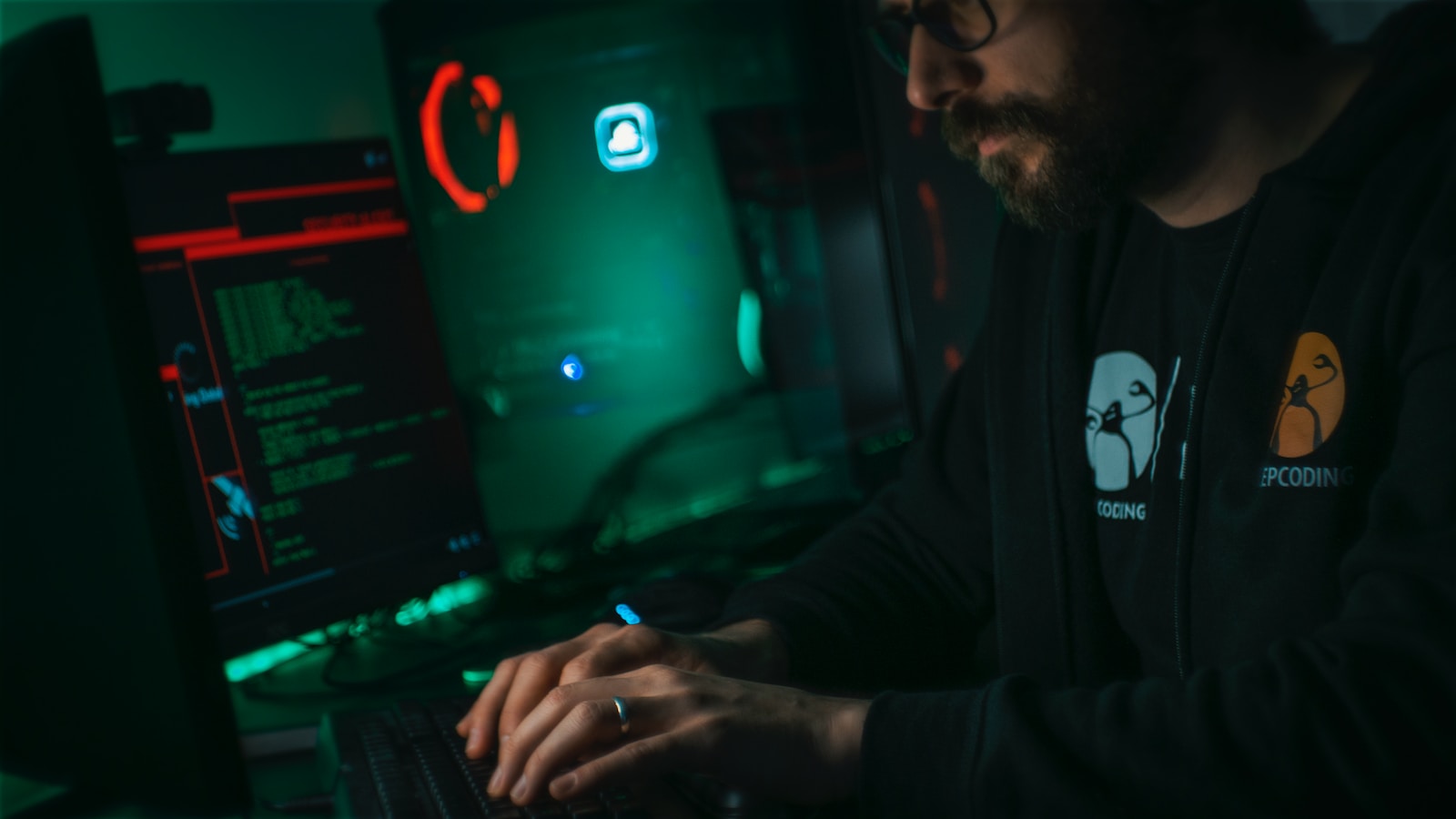
Introduction
In the last few decades, the fields of Artificial Intelligence (AI) and Robotics have made extraordinary strides, redefining the boundaries of technological innovation. The amalgamation of AI and Robotics has ushered in a new era of intelligent machines, revolutionizing industries and creating groundbreaking opportunities for collaboration. This article delves into the advancements in AI and Robotics and explores how their collaborative potential is reshaping various sectors and impacting our daily lives.
Advancements in AI
1. Machine Learning and Deep Learning:
Machine learning algorithms have emerged as a cornerstone of AI, enabling systems to learn from data, identify patterns, and make decisions with minimal human intervention. Deep Learning, a subfield of machine learning, has led to remarkable achievements in image and speech recognition, natural language processing, and autonomous systems. These advancements have paved the way for robots to perceive and interact with their environments intelligently.
2. Reinforcement Learning:
Reinforcement Learning has enabled machines to learn by trial and error, making decisions based on rewards and punishments. This approach has proven invaluable in robotics, where machines can learn complex tasks and adapt to dynamic environments. Collaborative robots, or cobots, are a prime example, as they can safely work alongside humans and learn from their interactions.
3. Computer Vision:
Computer Vision algorithms empower machines to interpret and understand visual information from the world around them. Robots equipped with advanced computer vision capabilities can identify objects, navigate in unstructured environments, and even perform delicate tasks with precision.
Advancements in Robotics
1. Dexterity and Mobility:
Robots have become more agile and dexterous, mimicking human movements with greater accuracy. Innovations in robotics hardware and materials have contributed to the development of robots capable of delicate tasks in sectors like healthcare, manufacturing, and assembly lines.
2. Swarm Robotics:
Swarm robotics involves the coordination of multiple robots to achieve a common goal. Drawing inspiration from collective behavior in nature (e.g., ants and bees), these swarms of robots can collaborate, communicate, and efficiently accomplish complex tasks, making them ideal for search and rescue missions and environmental monitoring.
3. Human-Robot Interaction:
Advancements in robotics have resulted in robots that are more intuitive to interact with, blurring the boundaries between humans and machines. These collaborative robots can take cues from human gestures and voice commands, enabling safer and more efficient teamwork in shared workspaces.
Collaborations: The Synergy of AI and Robotics
1. Industry Automation:
AI-driven robots are transforming industries by automating repetitive and hazardous tasks, leading to increased efficiency, reduced costs, and improved safety standards. In manufacturing, for instance, robots with AI capabilities optimize production lines, adapt to changes in demand, and detect defects with unrivaled precision.
2. Healthcare Advancements:
The integration of AI and Robotics has brought forth significant advancements in the healthcare sector. Robots are assisting surgeons during complex procedures, automating medication administration, and providing physical and emotional support to patients in rehabilitation centers. Furthermore, AI-powered medical imaging systems aid in early diagnosis and treatment planning, enhancing patient outcomes.
3. Service and Hospitality:
In the service industry, AI and Robotics collaborations have led to the development of autonomous delivery robots, smart customer service chatbots, and AI-driven recommendation systems. These technologies enhance customer experiences, streamline operations, and provide businesses with valuable insights into consumer preferences.
4. Exploration and Research:
AI-powered robots are indispensable for space exploration and deep-sea research, where human presence is impractical or dangerous. These robots can conduct surveys, collect data, and autonomously adapt to unforeseen challenges, making them invaluable for scientific discoveries and environmental monitoring.
Conclusion
The fusion of AI and Robotics has unlocked a wealth of possibilities, propelling industries into new dimensions of productivity, safety, and innovation. The continued collaboration between these two fields will undoubtedly shape the future of technology, empowering us to solve complex challenges and create a world where intelligent machines and humans coexist seamlessly. As advancements in AI and Robotics continue to unfold, we stand on the cusp of a transformative era that holds the potential to revolutionize every aspect of our lives for the better.





https://shorturl.fm/21F31
https://shorturl.fm/w3Vge
https://shorturl.fm/w1sj9
https://shorturl.fm/8LrjY
https://shorturl.fm/8cOF5
https://shorturl.fm/cl4jK